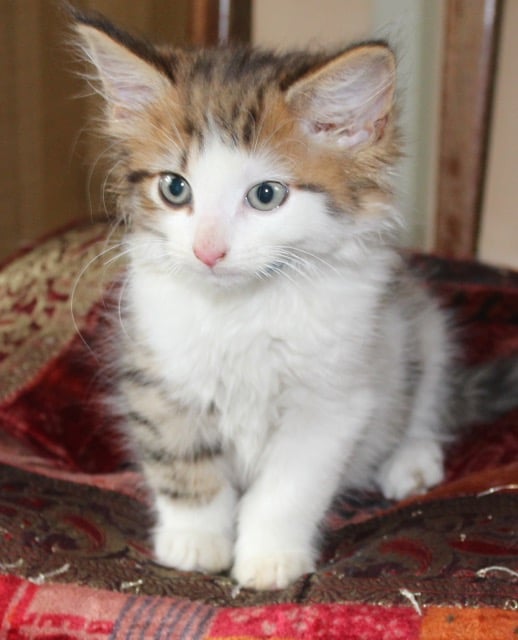Sanctuary Life
An owners guide to kitten care and looking after kittens
If you are thinking about adopting a kitten, read our handy guide to getting the best start in life with tips on feeding, litter training and settling them in.
It’s been a busy summer at the cat cabin with lots of unwanted and orphaned kittens. Our nursing duties have been in demand more than ever this year with feral cats being brought in on a regular basis. Thanks to all our volunteers who have helped look after them. We’ve had a great many success stories and found some lovely homes for the little ones. We’ve put together this little kitten care guide from questions we regularly receive from new owners to help anyone thinking about adopting and raising a kitten.
Getting your new Kitten settled in
Choosing a kitten can be a very exciting time, especially if you have a family with young children. For the kitten it can be very stressful adjusting to this new environment. We always recommend keeping you kitten in one room to start with along with their bed, litter tray, toys, food and water bowls. A few days is ideal just to let them settle down and get to know where all the essentials are. After about a week or so, you can start to allow access into other parts of the house for further exploration.
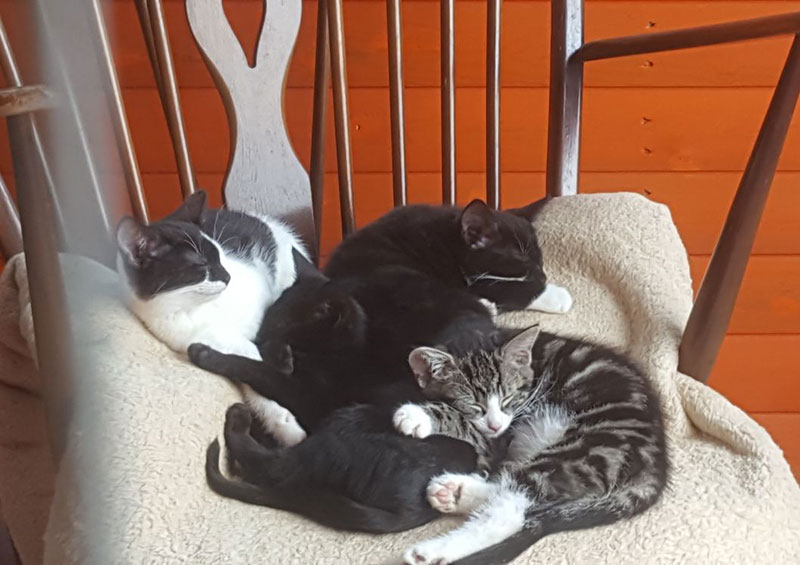
Essential items for a kitten include:
A bed – a cat carrier is a good starting base or an old cardboard box with a nice cosy blanket and cushion. Cats love cardboard boxes and often choose them over fancy feline beds. Make sure it is not to big so that your kitten doesn’t feel lost in it.
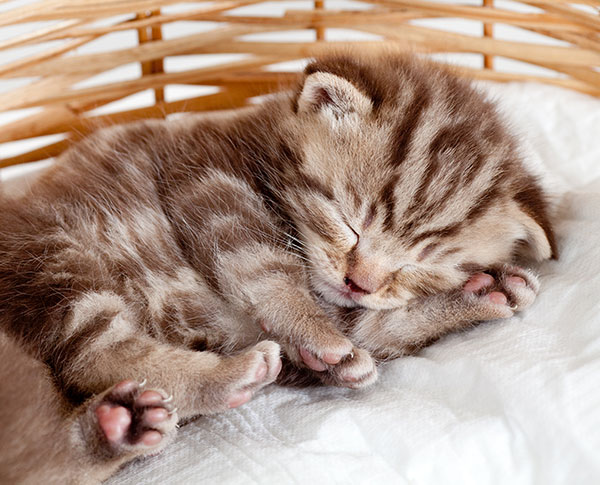
Kitten food can make a big difference to health and the quality of your kitten’s diet during the first year of its life can make all the difference in later years. You are what you eat is just as true for pets as it is humans. From weaning to four months, a kitten’s energy needs are extremely high. During this stage, their digestive system is immature and easily upset. A special highly digestible and energy dense diet is recommended. We recommend Natures Menu kitten food and you can order it from the Sanctuary.
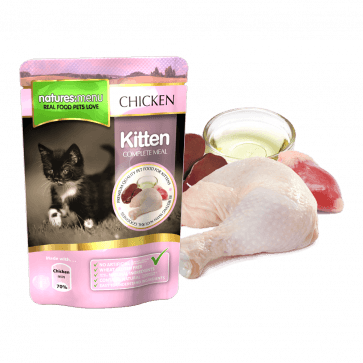
Cats cannot digest lactose from cows milk so if you want to treat your kitten with milk, use goats milk or special cat milk formulas
It’s a premium kitten food made with 70% Chicken. Deliciously meaty and free from grain, sugar and artificial nasties. A natural, gently cooked complete and balanced meal for your kitten, it will make sure they get the best start in life. You can also supplement with kitten biscuits and we have found Iams kitten biscuits are well suited to a kittens dietary needs. Never feed your kitten or indeed adult cat on a vegetarian diet. Kittens and cats need a lot more protein and fat in their diet than dogs as well as taurine, which is found in meat. Without taurine, cats can develop heart and eye problems. Cats do best on a simple routine, so try to offer food at the same time each day. Stick to the recommended guidelines from your chosen pet food and try not to overfeed which can lead to upset tummies. If you kitten should develop an upset tummy, try a little goats milk yoghurt and reduce their main food until it settles but never give your kitten cows milk or cows yoghurt as this can make things worse.
A litter tray is an essential item and it is important to start and continue training your kitten to use them.
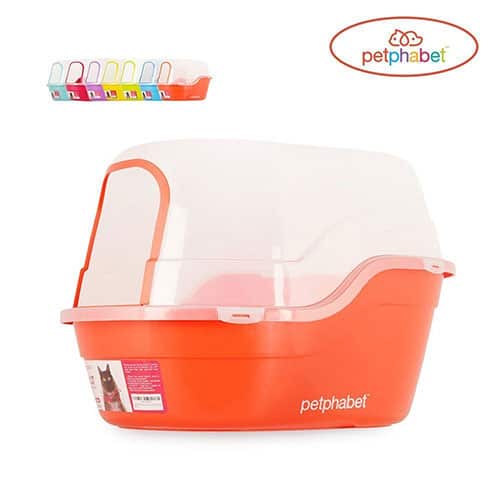
Most kittens pick up letter tray use very quickly but in a new environment things can be a bit hit or miss to start with. Introduce your kitten to the litter tray area as soon as you can. Place them in the tray and gently stroke their paw over the litter. To avoid accidents, try to keep a close eye on your kitten during the first few hours and watch out for sniffing or crouching as these are typical toilet warnings. If it doesn’t look like your kitten is going to use the tray, gently lift them up and pop them in. The litter tray is best located in a quiet and private spot, so your kitten can feel safe while using it.
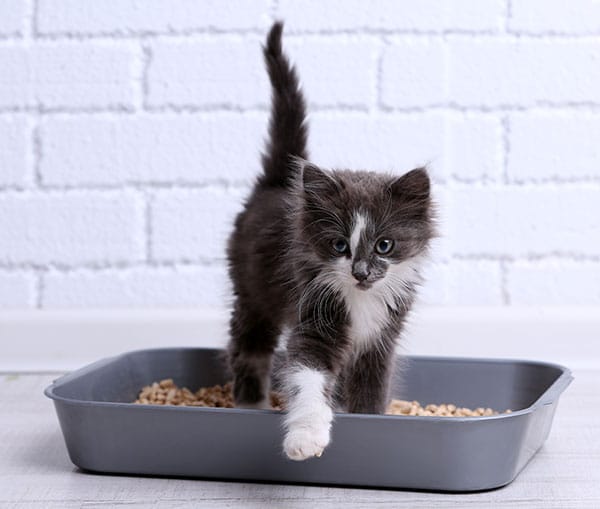
The type of litter tray is personal choice. Deep sided are good as they avoid spillages and we like the hooded variety at the sanctuary as they keep odors to a minimum. There are lots of varieties of cat litter on the market and cheap isn’t always the best option. Wood based cat litter is our preferred type. Just remember if you change the type from say wood to clay, do it gradually so that your kitten can acclimatise to the new smell and texture.
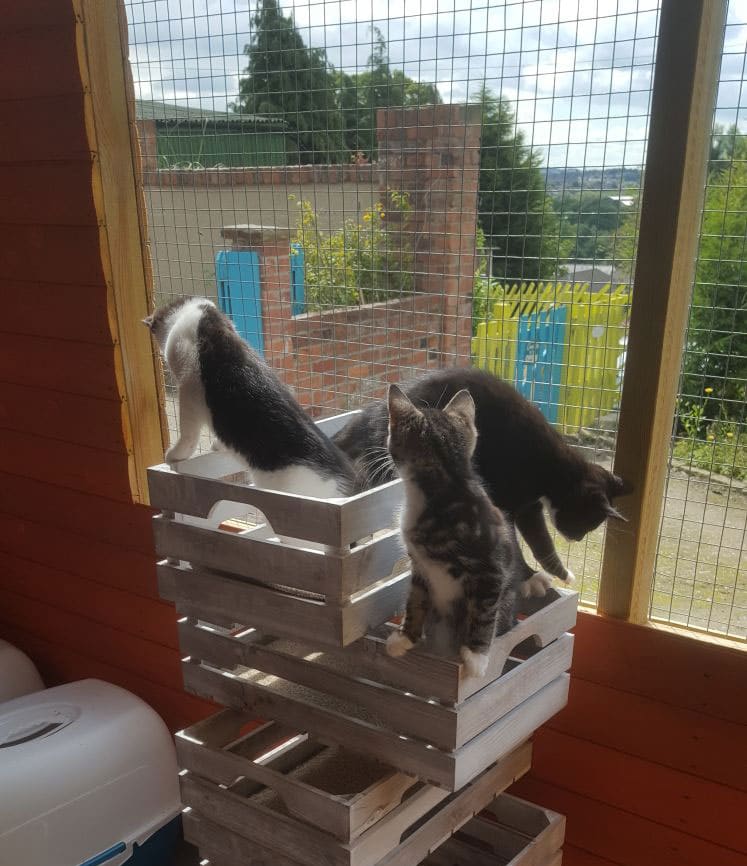
Playing is an important part of kitten life and a few toys and a scratching post can go a long way to keeping disruption around the household to a minimum. Try making your own cat toys – scrunched up tin foil balls or ping pong balls give hours of fun or feathers on bits of string can amuse. A scratching post is a must and you can go crazy from kitten size store bought posts to do it yourself creations. You can buy rolls of coir from ebay quite cheaply and use this to wrap all sorts of items.
Vaccinations, Fleas and Worming
Kittens get some natural protection from their mother for the first few weeks of their life but after around 9 weeks of age, it is recommended to vaccinate a kitten with your local vet. Usually, you’ll need to vaccinate in two stages so that your kitten is fully immune against potentially fatal diseases. The first vaccination is done at 9 weeks and then around 3 weeks later a second course is given. After the second vaccination, around 10 – 14 days, it is then safe for your kitten to explore outside.
Worming is an important part of kitten care. Kittens are prone to having worms no matter how clean the environment. The main roundworm that can affect them is Toxocara cati which can pass directly to them via their mothers milk. Always ask your vet about the best course to follow but as a guideline they should be wormed every two weeks until 12 weeks of age and then every month from three months to six months of age. We always recommend purchasing a good quality wormer from your vet rather than cheaper shop bought ones that sometimes aren’t as effective.
Flea prevention is better than the cure
Fleas are a minor irritation to kittens but can be very distressing to owners. They can cause intense itching and flea allergy dermatitis in kittens and owners. What many owners aren’t aware of is that 10% of the flea problem is on your pet. The other 90% is in your kittens environment with eggs waiting to hatch. A fleas life cycle begins with the egg. They may be laid on your kitten but they tend to fall off and hatch in bedding, carpets and furniture around the house. They can remain dormant for up to six months and emerge as adult fleas when they are stimulated by heat or movement from your kitten.
The good news is there are some excellent treatments available to banish these annoying pests from your local vet. Spot on treatments include Frontline which are great for providing protection for your pet. Prevention is better than cure so regularly treat your pet, keep bedding clean (wash pet bedding above 60C, hover areas where your kitten frequents and if necessary treat your home with an environmental flea spray. You can also get some nifty gadgets off sites such as amazon that provide round the clock protection such as heat light traps.
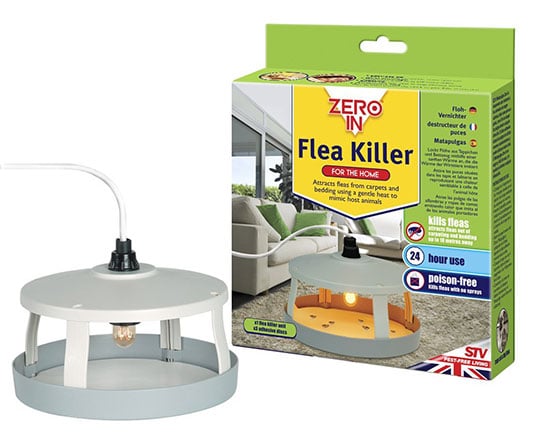
We hope these guidelines will help new owners with their kittens. If you need any advice, please get in touch, we’d love to hear from you. We often have kittens available for adoption at the Animal Sanctuary during the summer months. Please visit our Pet adoption pages or give us a call if you are thinking about adopting a kitten.

